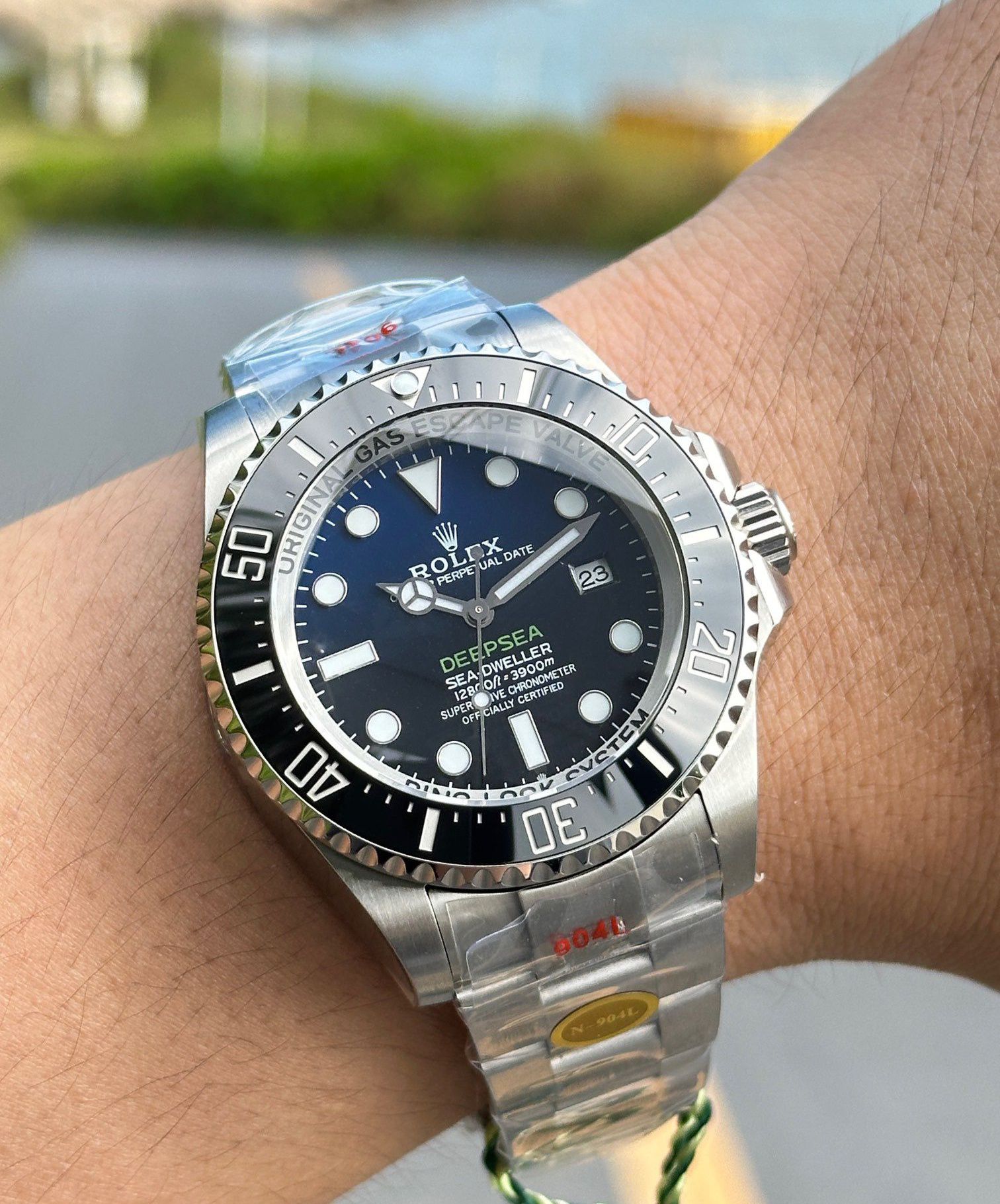ntroduction: How Can You Protect Time Accuracy From an Invisible Threat?
Mechanical watches are marvels of precision and craftsmanship, but they also have a secret vulnerability—magnetism. In our modern world filled with phones, laptops, metro gates, and wireless chargers, magnetic fields are everywhere. Exposure to these fields can subtly or drastically throw your watch off balance. From erratic timing to total shutdown, a magnetized watch can wreak havoc. But how can you tell if your watch is under attack? Here are five key signs that your watch might be magnetized—and what to do about it.
1. Sudden Time Gain: A Clear Red Flag
If your watch, which normally runs accurately, suddenly starts gaining tens of seconds—or even an hour or more—per day, magnetism is likely the cause. Magnetized hairsprings tend to stick together, shortening the oscillation length and speeding up the movement. While quartz watches are less prone to magnetism, exposure to strong magnetic fields may still cause them to stop. If timing errors continue even after manual correction, your movement could be deeply magnetized.
2. Compass Needle Deflection: A Simple At-Home Test
Bring your watch close to a compass. If the needle deflects more than 15°, the magnetic field within the watch is strong enough to interfere with the compass—clear evidence of magnetization. For best results, test from multiple angles. This method is fast, effective, and requires no special tools, making it ideal for quick home diagnosis.
3. Hairspring Sticking or Balance Wheel Stalling
A magnetized hairspring may clump or twist unnaturally, disrupting its natural rhythm. This can cause inconsistent timing or even stop the movement entirely. If your balance wheel weakens or halts after winding, it’s a sign the inner mechanism is struggling. Inspect the movement and seek servicing before further damage occurs.
4. Increasingly Irregular Errors: A Warning of Deeper Damage
Normally, mechanical watches operate within a narrow range of daily deviation. When magnetized, however, the error grows erratic. You may correct the time, only to see it drift again within hours. This points to magnetized steel components like the escapement or gear pivots. Left unchecked, this can lead to permanent damage.
5. Complete Stop: The Final Warning Sign
In extreme cases, the magnetized hairspring can fully bind, or the balance wheel may be held in place by magnetic force. The movement locks up, and the watch stops ticking entirely. Forcing the crown or overwinding in this state can worsen the situation by damaging delicate gear teeth. If your watch suddenly stops, avoid operating it and consult a professional.
How to Fix a Magnetized Watch: Your 3-Step Rescue Plan
1. Professional Demagnetization
Visit a reputable service center equipped with a demagnetizing machine. In under two minutes, a trained technician can safely remove 99% of residual magnetism without harming your watch.
2. Emergency DIY Remedy (Use With Caution)
If professional help is unavailable, try holding your watch near an old CRT monitor or the rubber seal of a refrigerator door—these can emit opposing magnetic fields that may reduce mild magnetization. However, this method should only be used as a temporary fix.
3. Daily Prevention Tips
Avoid placing your watch near strong magnetic sources like smartphones, laptops, speakers, or magnetic handbag clasps. After swimming, wipe the case dry to minimize salt or sweat reactions that might increase magnetism over time.
Conclusion: Magnetism—The Silent Enemy Every Watch Owner Should Understand
From wireless chargers to subway scanners, magnetic fields are part of modern life. Learning to identify these five early warning signs of magnetization can help you protect your timepiece from unnecessary damage. Make it a habit to check with a compass, follow good usage habits, and seek expert help when needed. With a bit of vigilance, you can ensure your mechanical masterpiece keeps ticking—beautifully and accurately—for years to come.



